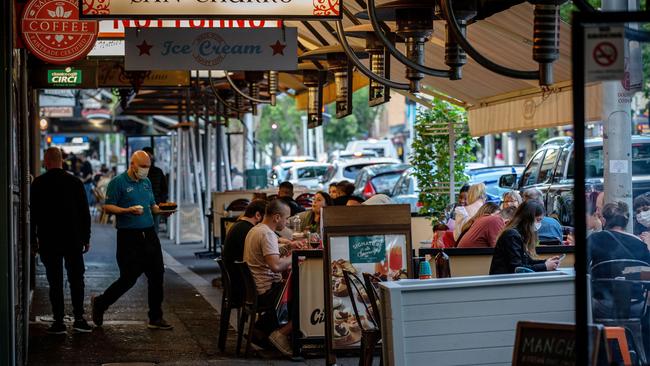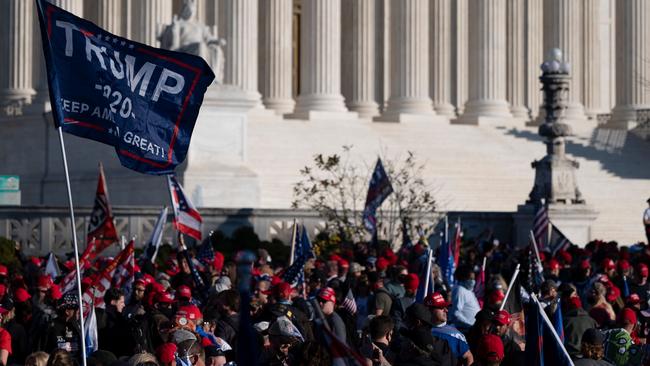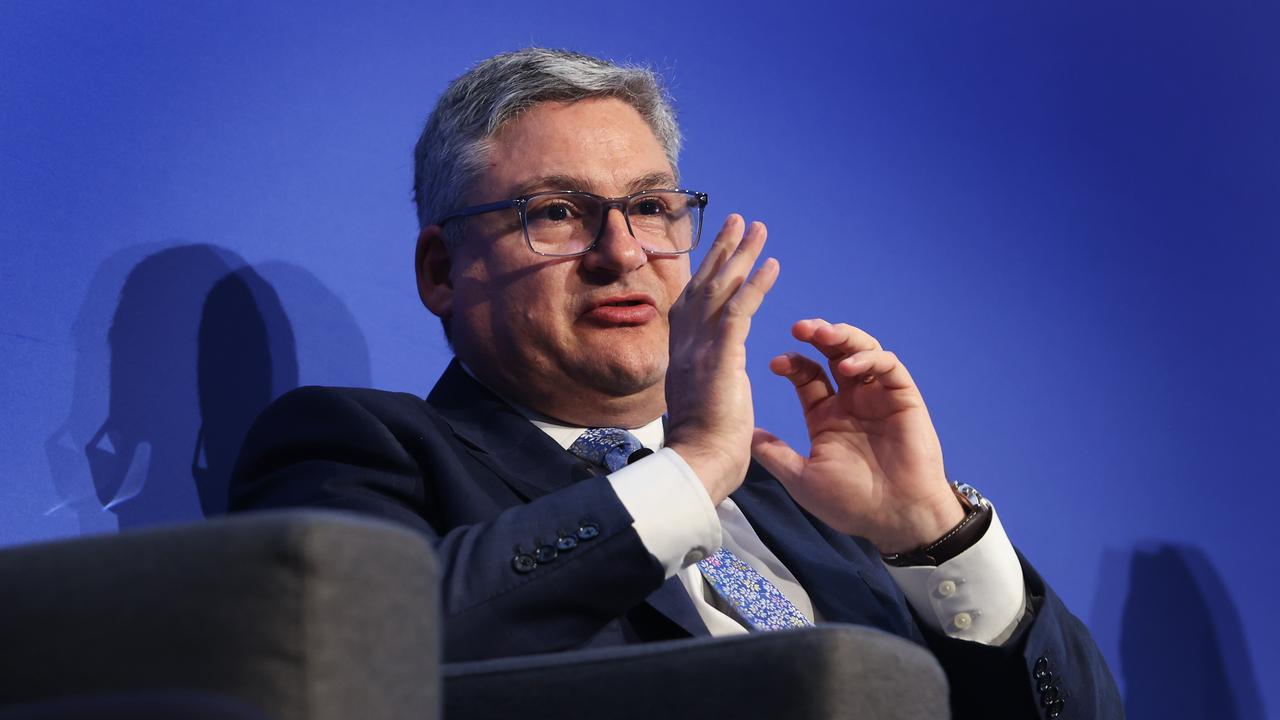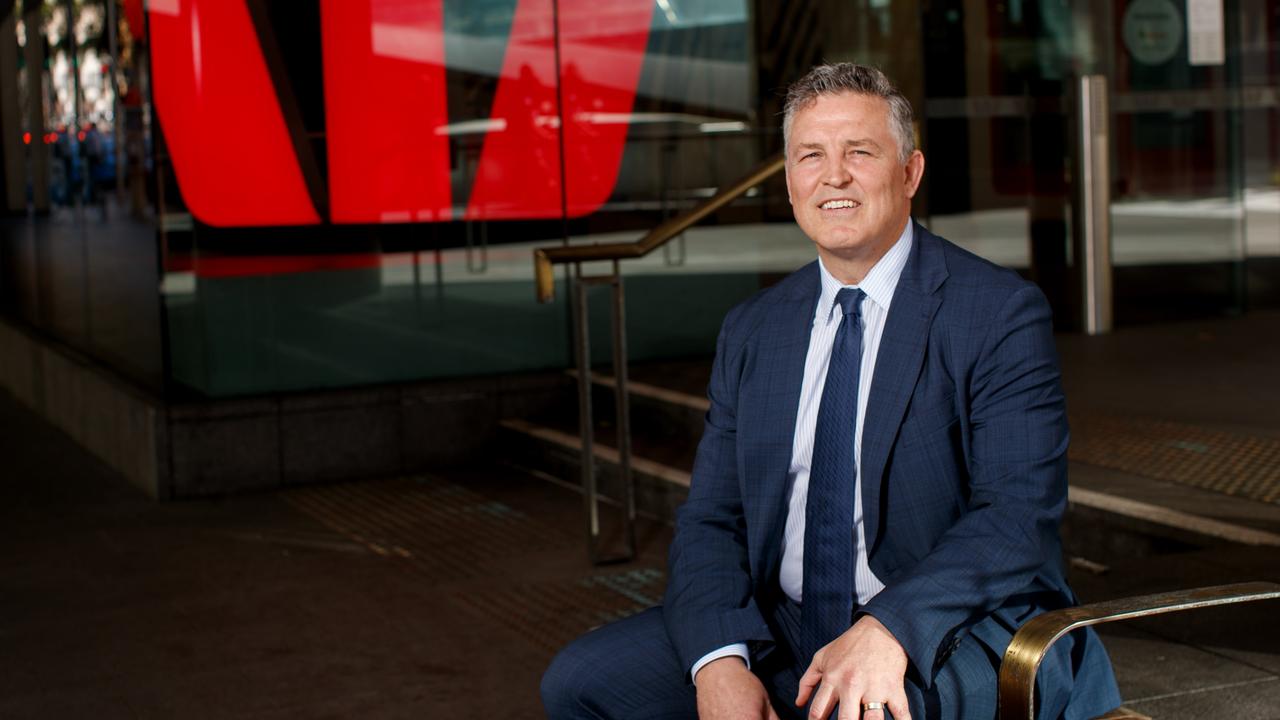COVID-19 success sets Australian economy up to outperform

Because of Premier Dan Andrews’ widely-vilified winter lockdown, Victoria has now had zero cases and zero deaths for 17 days; Andrews’ personal popularity has jumped 12 percentage points to 71 per cent, and on a variety of measures Victoria’s economy is bouncing back quickly.
The Stage 4 lockdown that began on July 7 and from which we are only now emerging has been a political and economic triumph.
It’s not just Victoria: the fact that Australia has had only 0.05 per cent of the world’s Covid 19 cases with 0.35 per cent of the population reflects on the courage of all the state premiers – but not so well on the Morrison Government, which had been hectoring them to open up.
It means Australia’s economy is likely to be among the world’s strongest in 2021, if not the strongest, although that probably isn’t saying much.
Much of the northern hemisphere is now going into harsh winter lockdowns to control horrifying infection breakouts. Over the weekend Austria announced an “around the clock curfew”, with the chancellor Sebastian Kurz closing schools and almost all shops, and generally sounding like Dan Andrews.
Austria had 9,586 cases on Friday, taking its total to just under 200,000, or 0.7 per cent of the population; the United States had 159,021 new cases on Saturday for a total of 10.9 million, or 3.3 per cent of the population.
The US is now in serious trouble, not only because it has the world’s highest number of new cases per million of population (a rolling 7-day average of 450) but also because it has a lame-duck President not only in denial about the result of the election, but also about the pandemic.
It means that as things stand there will be no national action against the disease until after January 20, although a few states are now taking action of their own.
Vaccine hopes
A lot now depends on one or both of the vaccines being prepared by Pfizer/BioNTech and Moderna being ready quickly. But despite gung-ho predictions of mass vaccinations within weeks, months seems more likely unless the authorities agree to allow mass vaccinations of a medicine that hasn’t been fully tested.
There are many questions hanging over these vaccines, not least of which is the fact that 94 people got sick in the trial, and given the announced 90 per cent efficacy, that means the number people who were actually vaccinated must have been very small.
Also the logistical problems of keeping the vaccines at minus 80-100 degrees in dry ice until a couple of days before use are enormous. Pfizer is apparently devising an elaborate system for transporting it in special containers and is already training public health workers in how to handle it. But it’s clearly a delicate process and it may be that a lot of people end up getting injected with an ineffective vaccine that’s been at room temperature for too long.
US worries
Markets reacted powerfully last week to Pfizer’s announcement about the vaccine, producing one of the biggest rotations from growth to cyclical value stocks ever seen.
But that may have been premature. It seems likely that the United States is in for two months of unchecked expansion of the virus, apart from a patchwork of local lockdowns, and going by the action in Washington over the weekend there could be a lot of unmasked protesters crowding into the streets and breathing on each other as the argument over who won the election heats up.
The consequences of this for the American economy will be dire, because it isn’t so much enforced lockdown supported by fiscal stimulus that kills economic activity but fear of the virus plus the collapse of the health system.

As case numbers rise and hospitals get full, people start taking their safety into their own hands and stay home. The impact of this on economic activity is widespread, insidious and lasting, because if governments aren’t locking down they are less likely to help businesses and those out of work.
Add to this the potential for gridlock between the White House and Congress to at least diminish if not stall any fiscal support in the new year, and there is clearly the potential for the US to enter a second recession in 2021, which the Federal Reserve will be powerless to prevent.
But its efforts will be bound to weaken the US dollar.
AUD rising
The Australian dollar has already started November strongly despite the Reserve Bank’s efforts to weaken it with the Melbourne Cup day rate cut and quantitative easing announcement.
If the Australian economy now does much better than America’s, as seems very likely given the vastly different COVID-19 case numbers, the exchange rate is likely to rise further.
But with negative interest rates ruled out, the RBA’s only tool to bring the currency down is QE. The central bank could end up owning a lot of the government’s debt before this is finished.
Alan Kohler is Editor in Chief of Eureka Report






Victoria’s extraordinary performance in controlling COVID-19 has set the Australian economy up to significantly outperform the rest of the world next year, and an unwanted rise in the exchange rate could be the result.